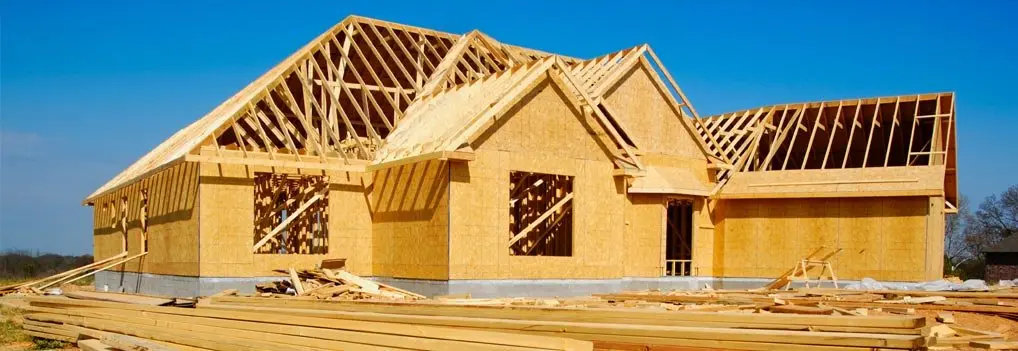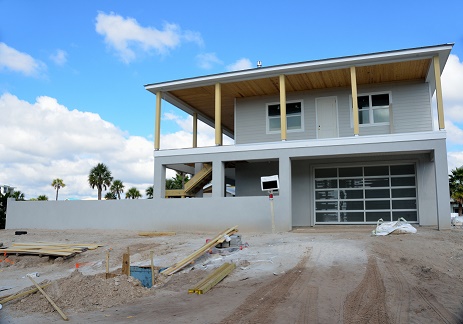Personalized Bathroom Remodeling Indiana to Enhance Convenience and Worth
Just How a General Contractor Can Transform Your Common Areas Into Practical Areas
The improvement of common areas right into practical spaces is a nuanced procedure that needs a general specialist's proficiency in evaluating certain neighborhood needs and designing tailored solutions. By considering factors such as design, access, and visual allure, a service provider can develop environments that not just offer functional functions however likewise foster neighborhood engagement. Via reliable job administration and adherence to quality criteria, these remodellings can significantly boost customer experience. The complexities entailed in stabilizing design and capability increase important questions regarding best methods and prospective difficulties that merit more exploration (Carmel In Contractor).
Assessing Current Common Area Requirements
When reviewing common areas, it is important to determine and comprehend the details needs of the community they serve. This procedure starts with a thorough evaluation of current usage patterns, which includes event information on foot web traffic, height use times, and tasks happening within these spaces. Engaging with community members via surveys or meetings can offer beneficial insights right into their choices and obstacles.
Following, it is necessary to consider the market structure of the area, consisting of age, lifestyle, and any kind of special demands that may impact exactly how these areas are used. For example, family members with young youngsters might need backyard, while older adults may focus on ease of access features.
Additionally, evaluating the existing infrastructure and amenities is essential. Identifying locations that are underutilized or in demand of fixing can notify potential improvements. Teaming up with stakeholders, such as residential or commercial property managers and neighborhood organizations, ensures that the analysis shows a comprehensive understanding of the area's demands.
Eventually, a thorough assessment of current common location needs prepares for reliable transformations, permitting the development of rooms that promote engagement and boost the general lifestyle within the area.
Designing for Functionality and Aesthetics
A detailed understanding of community needs establishes the stage for reliable design that stabilizes capability and appearances in typical locations. Successful style calls for a thoughtful method that takes into consideration both the useful usages of the room and the visual allure that boosts the atmosphere.
Practical style requires creating rooms that accommodate the specific activities and interactions of the neighborhood. This may consist of versatile seating setups for events, available paths for individuals with movement difficulties, or assigned areas for leisure tasks. Each aspect has to offer a purpose while ensuring convenience of movement and comfort for individuals.
The option of shades, materials, and illumination can substantially affect the assumption of an area. Additionally, lining up the design with the neighborhood's cultural identity can cultivate a sense of belonging and satisfaction.
Budgeting and Resource Allowance
Efficient budgeting and source allotment are crucial elements in the effective makeover of common locations. A well-defined budget describes the financial parameters within which the job need to operate, making sure that costs are managed and resources are effectively utilized. This begins with an extensive assessment of project requirements, consisting of layout elements, materials, and labor.

A basic professional plays an important function in this stage, collaborating with stakeholders to develop practical spending plan price quotes that line up with the desired vision. By prioritizing essential functions and checking out cost-effective choices, the professional can maximize investing without endangering high quality.
Source allotment entails purposefully designating employees, equipment, and products to different phases of the task (General Contractor Indiana). This needs mindful planning to prevent delays and make certain that each part is provided in a timely manner. Additionally, routine tracking of expenses against the budget plan aids to determine prospective overruns early, enabling timely adjustments
Taking Care Of Construction Process Efficiently
Managing the construction process effectively is essential for attaining prompt job conclusion and maintaining budget plan honesty. A well-coordinated method entails precise preparation, clear interaction, and efficient resource management. General specialists should establish a comprehensive job timeline that lays out each phase of building, permitting the recognition of important landmarks and possible bottlenecks.
Regular progression conferences try this are important for keeping all stakeholders educated and straightened. These conferences assist in the timely resolution of concerns, making sure that the job stays on track. Additionally, making use of job monitoring software can improve communication, track progression, and handle documentation, decreasing the probability of misunderstandings and hold-ups.
Effective source appropriation is likewise vital. By making sure that materials, labor, and tools are available when required, general service providers can stop costly disturbances. Carrying out a proactive strategy to take the chance of monitoring more improves efficiency, as it permits the identification and reduction of potential obstacles before they rise.

Ensuring Conformity and Quality Specifications
Conformity and quality standards are basic to the success of any building task, guaranteeing that the finished rooms not only satisfy customer assumptions yet likewise stick to governing requirements. A general service provider plays a critical duty in enforcing these requirements throughout the construction process.
First, it is crucial for the contractor to stay upgraded on regional building codes, safety and security laws, and industry finest techniques. This knowledge enables them try this to direct style options and product options that align with compliance standards. Regular assessments and top quality analyses throughout the building and construction phase aid to recognize possible concerns early, minimizing costly hold-ups and remodel.
Additionally, a reliable general professional cultivates a society of high quality among subcontractors and workers. This can be accomplished by offering training on compliance protocols and executing strict quality assurance actions. By developing clear communication channels, the service provider can ensure that everyone entailed recognizes their obligations regarding conformity and top quality.
Verdict
To conclude, the role of a basic service provider in changing typical areas right into functional areas is essential. With an extensive assessment of neighborhood demands, thoughtful layout, careful budgeting, and effective task management, these experts can produce settings that boost functionality and visual charm. Adherence to conformity and high quality requirements further makes certain that rejuvenated spaces not just satisfy the expectations of stakeholders however likewise foster involvement and enhance the overall experience for all customers within the neighborhood.
The transformation of typical locations into practical rooms is a nuanced procedure that calls for a general specialist's expertise in examining specific neighborhood demands and making tailored options. By taking into consideration elements such as format, availability, and visual appeal, a service provider can create atmospheres that not only serve functional objectives but additionally foster area engagement. General service providers must establish a comprehensive task timeline that outlines each phase of building, permitting for the recognition of critical turning points and prospective traffic jams.
